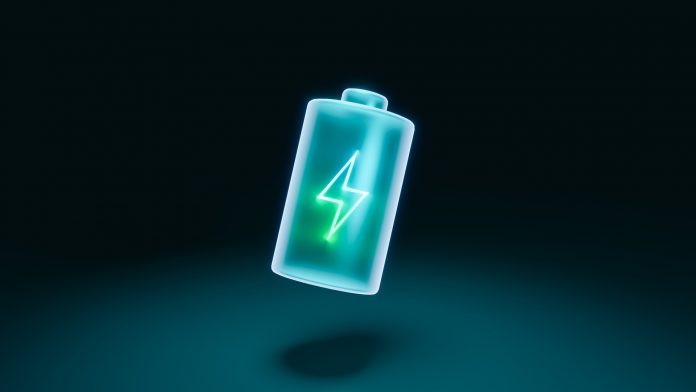Lawrence Livermore National Laboratory is developing a 3D printing method that facilitates high-energy-density and fast charging lithium-ion batteries.
The next generation lithium-ion batteries require greater energy and power density at economical prices. At present, conventional battery manufacturing methods are not able to further improve these vital metrics.
In order to address this issue, Lawrence Livermore National Laboratory (LLNL) is teaming up with Ampcera Inc. to build solvent-free Laser Powder Bed Fusion (L-PBF) additive manufacturing technologies for the construction of 3D-structured lithium battery cathodes.
This novel project obtained $1.5m from the Advanced Manufacturing Office at the U.S. Department of Energy.
“I applaud the Department of Energy for investing millions in innovative clean energy projects in California,” commented US Senator Alex Padilla. “Meeting our emissions goals and combating the climate crisis will require a concerted effort to develop new technologies — including better lithium-ion batteries. The research of today will allow us to create a strong, clean energy economy for years to come.”
Developing high-energy-density and fast charging lithium-ion batteries
Initially, L-PBF was created with the purpose of 3D printing metal parts. Now, LLNL’s staff scientist and the project’s Lead Principal Investigator, Jianchao Ye, intends to utilise this additive manufacturing technology to thermally bind the cathode powder mixtures onto the aluminium current collector and create unique 3D structures for high-energy-density and fast charging lithium-ion batteries.
“The environmentally benign process allows for thick high-capacity 3D cathode structures to be processed, enabling lithium-ion batteries to reach the fast-charging goal of 80% charge in 15 minutes or less,” explained Ye.
By removing the solvent, ultrafast laser processing permits large-scale battery manufacturing with higher production throughout, with lower cost and energy consumption, as well as improved power and energy densities.
Close cooperation
Ampcera has a robust technology portfolio in high-performance solid-state electrolytes and electrode materials. The company will support the project with advanced and highly engineered cathode powders for L-PBF processing.
The partners intend to work closely together to develop battery cells and evaluate their real-world performance.
“The partnership between LLNL and Ampcera will accelerate the development and commercialisation of the ultra-fast and low-cost L-PBF additive manufacturing technology for high-performance lithium battery manufacturing. After developing 3D-structured cathodes, we expect to expand the technology to anode design and also further explore its application in all-solid-state Li metal batteries with even higher energy and power densities,” concluded Hui Du, Co-Founder and CTO of Ampcera Inc.
About Ampcera
Ampcera is a fast-growing solid-state battery materials technology company with a growing portfolio for solid-state batteries. The company is rapidly increasing its sales revenue and is being further funded by grants from the U.S. Department of Energy’s Vehicle Technologies Office and investors from the Silicon Valley and beyond.
About the Lawrence Livermore National Laboratory
LLNL is working to ensure the safety and reliability of the US’ nuclear deterrent. It is working to mitigate dangers ranging from nuclear proliferation and terrorism to energy shortages and climate change, which threaten national security and global stability. The Laboratory’s science and engineering are being applied to achieve breakthroughs for counterterrorism and non-proliferation, defence and intelligence, energy and environmental security.







